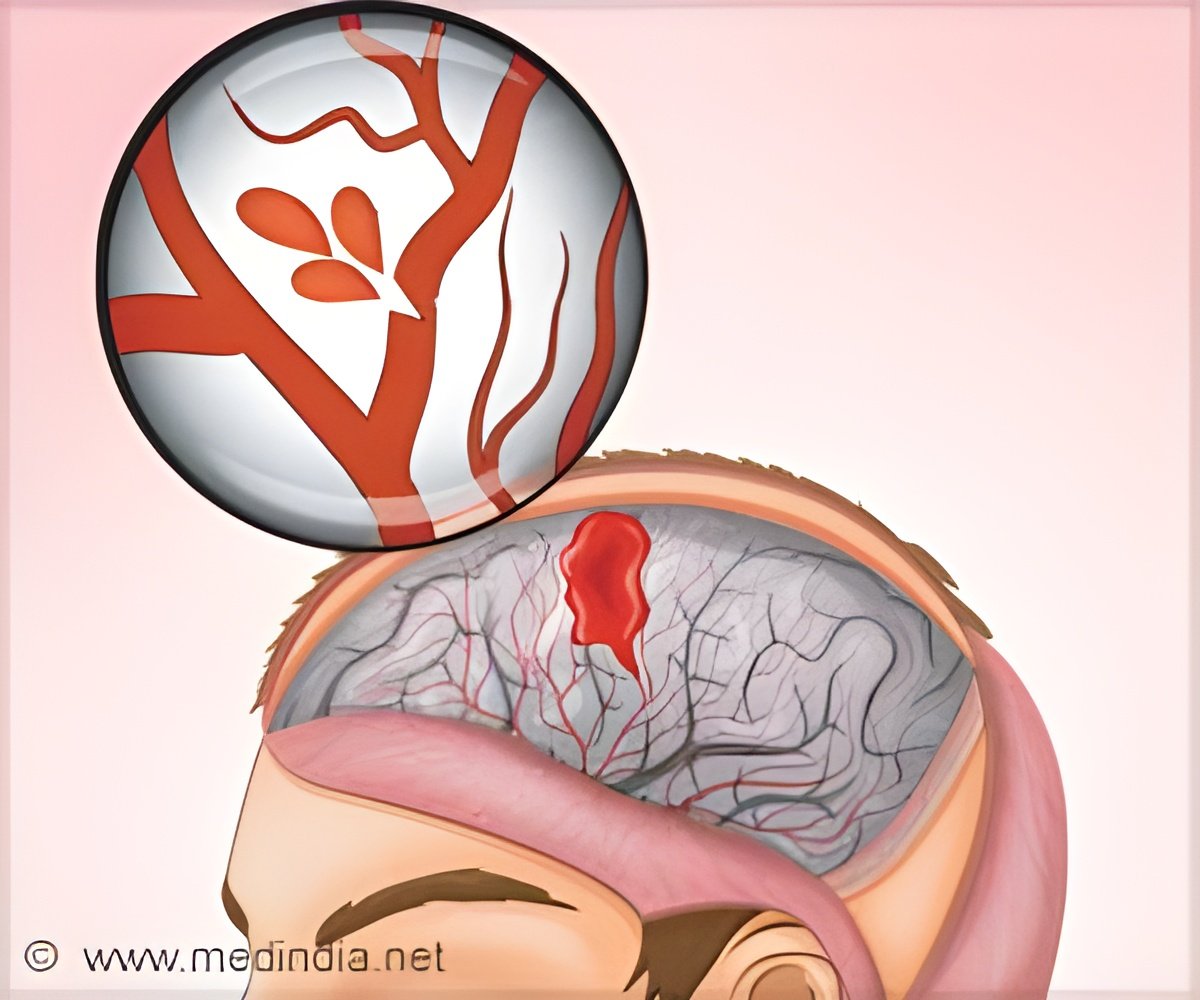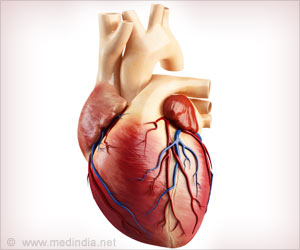
Prompt identification of stroke type may hold the key to maximizing the advantages of promptly administering blood pressure-lowering treatment during ambulance transport for patients with suspected acute stroke. ()
The findings were presented at the 10th European Stroke Organization Conference in Basel, Switzerland and simultaneously published in the New England Journal of Medicine.
Advancing Stroke Care
Professor Craig Anderson, Director of Global Brain Health at The George Institute for Global Health and lead investigator on the study, said that although more research was needed, the results provided a potential pathway to improving outcomes in patients with the most deadly type of stroke.
“Our study shows clear benefits from administering early blood pressure lowering treatment to patients with intracerebral hemorrhage in the ambulance, although overall there was no difference in outcome from this early intervention for all patients with suspected stroke.
“In fact, in patients with a final diagnosis of ischemic stroke, it actually worsened their outcome, so the ability to make a reliable diagnosis at this early stage is key to harnessing the benefits of very early blood pressure treatment.”
The Intensive ambulance-delivered blood pressure reduction in hyper-acute stroke trial (INTERACT4) was a multicentre, randomized, open-label, blinded-outcome study conducted across dozens of ambulance services in China.
2404 ambulance-assessed patients with suspected acute stroke causing a motor deficit within two hours of onset and elevated systolic blood pressure (≥150mmHg) were randomly assigned to immediate blood pressure-lowering (target 130-140mmHg) or usual blood pressure (BP) management in hospital.
Advertisement
The pre-hospital ambulance-initiated BP reduction group with hemorrhagic stroke had a 30% lower likelihood of a poor functional outcome whereas the group with cerebral ischemia had an equivalent 30% higher likelihood of a poor functional outcome, when compared to patients with these stroke types who received usual care BP management upon arrival at the hospital.
Overall, the effects of pre-hospital BP reduction had a balanced benefit and harm effect so that there was no overall difference in the functional outcome between those who received the usual care in all the stroke patients. Between-group rates of serious adverse events were similar.
Advertisement
Intracerebral hemorrhage (ICH) represents over a quarter of all cases of stroke and occurs when blood leaks out of a blood vessel into the brain tissue. ICH is the most deadly type of stroke, with up to one third of patients dying in 30 days, and it is more common in China where the study was conducted.
“All treatments for acute stroke are highly time dependent – brain cells die rapidly when deprived of oxygen. But knowing the best treatment approach to take before being able to identify the type of stroke a patient has experienced, is difficult without brain imaging,” Professor Anderson said.
“The results do not support in-ambulance administration of blood pressure lowering treatment in patients with suspected acute stroke – that is clear.
“But in the last few years, we’ve seen the introduction of mobile stroke ambulances equipped with a CT scanner and other diagnostic tools that aim to identify cases of ischemic stroke for early administration of clot-busting treatment.
“But our results do support the case for in-ambulance treatment to be administered to patients with hemorrhagic stroke as well.
“In the meantime, while acute stroke treatment happens in the hospital, quicker diagnosis and swift action as soon as the patient arrives at the emergency department is critical to preserving brain function.”
Reference:
- Intensive Ambulance-Delivered Blood Pressure Reduction in Hyperacute Stroke – (https://www.nejm.org/doi/10.1056/NEJMoa2314741)
Source-Eurekalert



